Study assesses impact on life stages of the Amazon river prawn
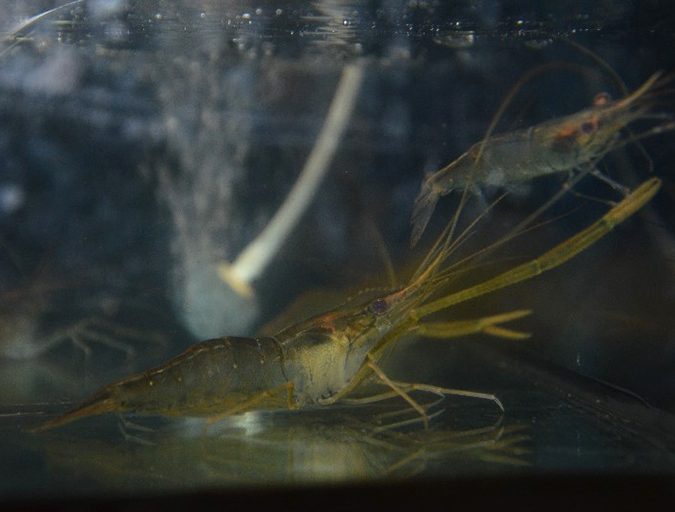
Brazil has many native aquatic species with significant potential for aquaculture production. However, most of them are rather largely unexplored scientifically and technologically. The Amazon river prawn (Macrobrachium amazonicum) is the native freshwater prawn species with the greatest potential for production, widely consumed by Amazonian populations and also in parts of the semi-arid region of northeastern Brazil.
The Amazon river prawn has been the most exploited species of freshwater prawn by artisanal fisheries in Brazil, and it has significantly high economic and gastronomic relevance.
We recently conducted a study to determine safe levels of ammonia and nitrite to various life stages of the Amazon river prawn, based on the hypothesis that the early stages of development of M. amazonicum are more sensitive to ammonia and nitrite than later stages.
Ammonia and nitrite in aquaculture systems
The physiological processes of aquatic organisms, the decomposition of organic matter, and food leftovers are the main sources of nitrogen compounds in aquaculture production systems. Ammonia is a nitrogen compound that occurs naturally in the environment, but it is also the result of industrial pollution and domestic and agricultural runoffs. It is the main product generated by protein catabolism in most aquatic organisms, and likewise originates from the decomposition of undigested food and other organic wastes.
The ammonia non-ionized form is demonstrably toxic and negatively influences growth, feeding, survival and susceptibility to diseases and parasites in prawn and other aquatic organisms. In the water, ammonia can be found in its ionized form (NH4+) or its unionized form (NH3); the sum of the two is the total ammonia. Their proportion in the water depends on pH and temperature.
Nitrite is the intermediate compound in the bacterial nitrification of ammonia to nitrate. It may present high toxicity, depending on its concentration in the environment and organism developmental stage (larvae to adult).
Study setup
Our research work was conducted at the Prawn Culture Laboratory, located at the Federal University of Paraná. We used 240 prawns of each of three life stages (postlarvae, juveniles and adults) and for each compound tested (ammonia and nitrite), randomly divided into 24 experimental units. The units consisted of a beaker with a volume of 1 liter for postlarvae, and glass aquaria with 10 liters of useful water volume for juveniles and adults. The design was completely randomized, with six different total ammonia concentrations (0, 5, 10, 20, 40 and 80 mg.L-1 of ammonia) and six nitrite concentrations (0, 1, 2, 4, 8, and 16 mg.L-1 of nitrite), with four replicates.
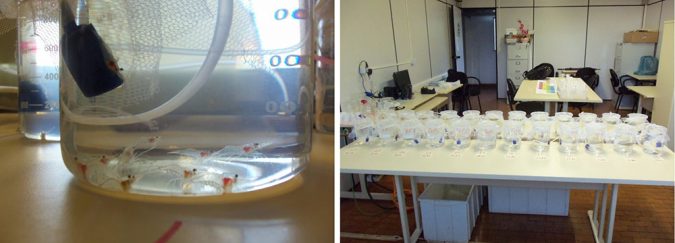

Results
Postlarvae of M. amazonicum exposed to ammonia showed 100 percent mortality after 48 hours at concentrations of 40 mg.L-1 or 1.268 ± 0.073 mg.L-1 of NH3-N. At a lower concentration, 20 mg.L-1 of total ammonia or 0.722 ± 0.115 mg.L-1 NH3-N, the mean mortality was 40 ± 14 percent after 96 hours. The lethal concentration for 50 percent of the prawns after 96 hours (LC50-96h) was 21.143 mg.L-1 of total ammonia or 0.670 mg.L-1 of NH3-N. Thus, the safe level of exposure for postlarvae of M. amazonicum is 2.114 mg.L-1 of total ammonia or 0.067 mg.L-1of NH3-N.
Juvenile M. amazonicum exposed to ammonia concentrations of 40 mg.L-1 of total ammonia or 1.424 ± 0.138 mg.L-1 of NH3-N exhibited 100 percent mortality after 72 hours. Mortality of 50 percent of the juveniles, as related to total ammonia concentration of 21.653 mg.L-1 for total ammonia and 0.755 mg.L-1 for NH3-N. Safe exposure levels for M. amazonicum juveniles is of 2.165 mg.L-1 of total ammonia or 0.075 mg.L-1 of NH3-N.
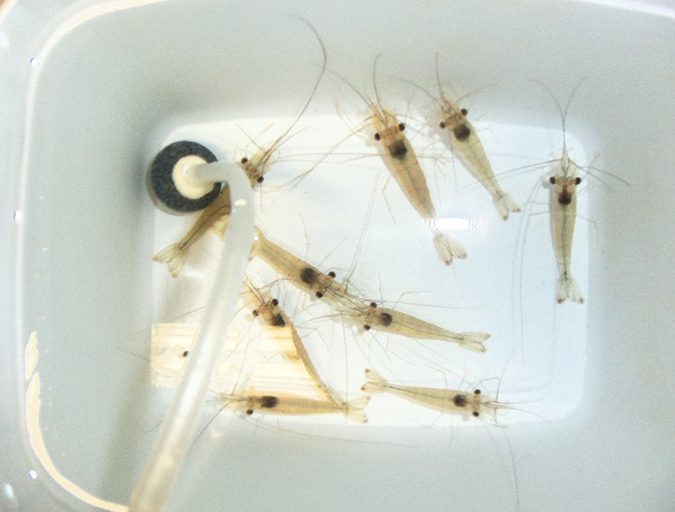
For adult M. amazonicum, 100 percent mortality was observed at a concentration of 80 mg.L-1 total ammonia, or 2.327 ± 0.550 mg.L-1 of NH3-N after 48 hours. The concentration of 40 mg.L-1 of total ammonia or 1.155 ± 0.070 mg.L-1 of NH3-N produced an average mortality of 77 ± 21 percent after 96 hours. Average mortality for adults was of 36.594 mg.L-1 for total ammonia or 1.078 mg.L-1 for NH3-N. Safe levels of exposure to ammonia for adult M. amazonicum would thus be 3.659 mg.L-1 for total ammonia and 0.108 mg.L-1 for NH3-N.
Mortality rates of prawns exposed to ammonia concentrations of 5 and 10 mg.L-1 of total ammonia, for all life stages examined, were all below 10 percent. The control (0 mg.L-1 of total ammonia) for all ontogenetic stage presented mortality below 6 percent. Mortality observed for the different life stages of control M. amazonicum (not exposed to increased ammonia) during the trial period may be related to the agonistic behavior of animals in competition for area (territorialism).
| Life stages | Calculated 96h LC50 for total ammonia (mg L-1) | Calculated 96h LC50 for non-ionized ammonia (mg L-1) | Safe levels of total ammonia (mg L-1) | r2 |
|---|---|---|---|---|
| Post larvae | 21.143 | 0.670 | 2.114 | 0.97 |
| Juvenile | 21.653 | 0.755 | 2.165 | 0.98 |
| Adult | 36.594 | 1.078 | 3.659 | 0.95 |
Postlarvae of M. amazonicum exposed to nitrite showed 48 ± 2 percent (mean ± SD) mortality after 96 hours of exposure to 1 mg.L-1 of nitrite. A concentration of 2 mg.L-1 resulted in mortalities of 90 ± 2 percent in 96 hours. At the concentrations of 4 to 16 mg.L-1 of nitrite, mortality was 100 percent in 24 hours. The lethal concentration for 50 percent of the prawns after 96 hours is 1.49 mg.L-1 of nitrite.
Juvenile M. amazonicum exposed to concentrations of 2 mg.L-1 and 4 mg.L-1 showed average mortality of 55 ± 3 percent and of 95 ± 1 percent after 96 hours, respectively. Concentrations of 8 to 16 mg.L-1 of nitrite resulted in 100 percent mortality after 24 hours. The lethal concentration for 50 percent of the juveniles in 96 hours was 2.36 mg.L-1 of nitrite.
For adult M. amazonicum, the concentrations of 1 mg L-1 and 2 mg L-1 produced average mortalities of 27 ± 8 percent and 50 ± 8 percent in 96 hours, respectively. A concentration of 4 mg L-1 caused an average mortality of 80 ± 3 percent in 96 hours. One-hundred percent mortality was also observed at concentrations of 8 to 16 mg.L-1 of nitrite in 24 hours. The average mortality for 50 percent of the adults after 96 h resulted from a concentration of 2.34 mg.L-1 of nitrite.
| Life stages | Calculated 96h LC50 for nitrite (mg L-1) | Safe levels of nitrite (mg L-1) | r2 |
|---|---|---|---|
| Post larvae | 1.49 | 0.14 | 0.98 |
| Juvenile | 2.36 | 0.23 | 0.94 |
| Adult | 2.34 | 0.23 | 0.96 |
Perspectives
Based on our study results, we determined the safe levels of total ammonia and nitrite to each of three life stages – postlarvae, juveniles and adults – of M. amazonicum, which have important implications for the commercial aquaculture production and providing relevant information for the handling and management of these animals in production systems. Careful monitoring of these variables is critical to prevent losses, mainly during larviculture and in production in recirculation systems.
Now that you've reached the end of the article ...
… please consider supporting GSA’s mission to advance responsible seafood practices through education, advocacy and third-party assurances. The Advocate aims to document the evolution of responsible seafood practices and share the expansive knowledge of our vast network of contributors.
By becoming a Global Seafood Alliance member, you’re ensuring that all of the pre-competitive work we do through member benefits, resources and events can continue. Individual membership costs just $50 a year.
Not a GSA member? Join us.
Authors
-

Fabrício Martins Dutra, M.S.
Federal University of Paraná
Street Pioneiro, 2153, Jardim Dallas
Palotina, Paraná, Brazil CEP 859500-000[109,111,99,46,108,105,97,109,116,111,104,64,100,109,111,105,99,105,114,98,97,102]
-

Dr. Eduardo Luis Cupertino Ballester
University of Paraná, Palotina
Aquaculture and Sustainable Development
Post-Graduation Program
Palotina, Paraná, Brazil[114,98,46,109,111,99,46,111,111,104,97,121,64,114,101,116,115,101,108,108,97,98,99,108,101]
Tagged With
Related Posts
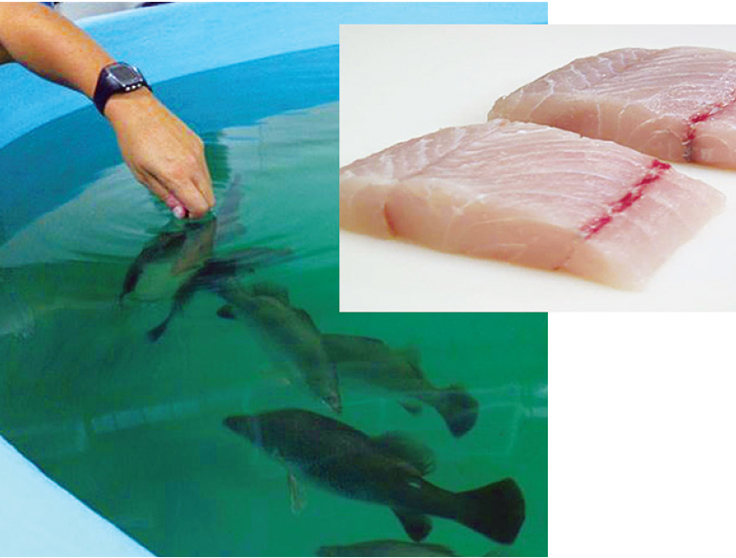
Intelligence
Adding flavor complexity to farmed barramundi
Organoleptic attributes such as flavor and aroma are among the most important factors that influence consumer acceptability and demand for fish products. Consumers have identified farmed fish as less complex and lacking “sealike” or “sea-fresh” flavors and aromas.
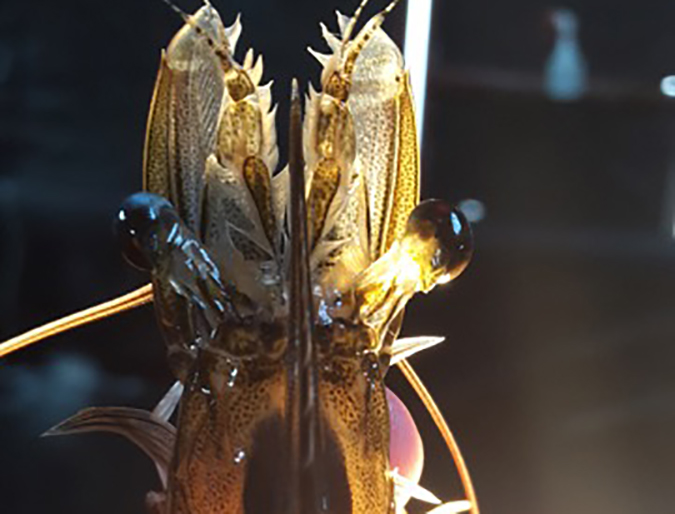
Health & Welfare
Seajoy’s ablation-free shrimp answers emerging welfare concern
Removing the eyestalk of broodstock female shrimp aided in the explosive growth of commercial-scale aquaculture. An undertaking by a Central American shrimp farmer has shown that producing shrimp without ablation can ease animal welfare worries without the feared drop in production.
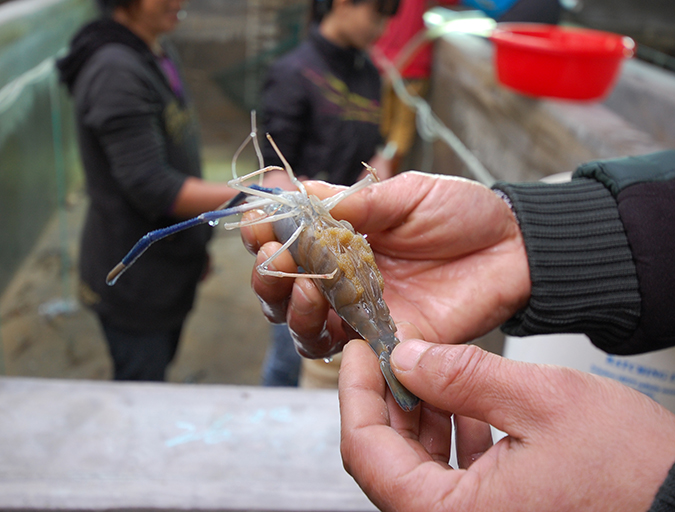
Intelligence
An inside look at Sino Agro Foods’ giant prawn MegaFarm
Sino Agro Foods has developed a proprietary recirculating aquaculture system that yields high production volumes and profitability. The facility should significantly contribute to seafood production in China and to help satisfy increasing demand for high value, safe and sustainably produced seafood.
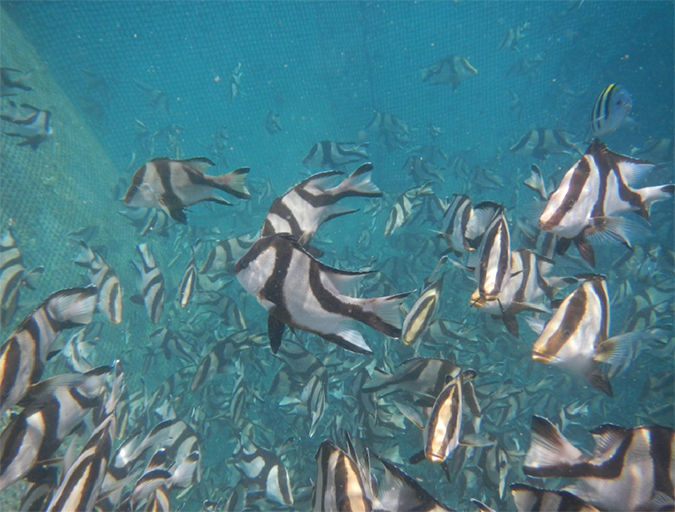
Responsibility
Assessing culture potential of red emperor snapper in New Caledonia
The red emperor snapper, known as “pouatte” in New Caledonia, is valuable throughout its broad geographic range and a highly valued food fish locally. Declining wild catches and market demand have provided the incentive to carry out technical feasibility studies to determine its commercial aquaculture potential.
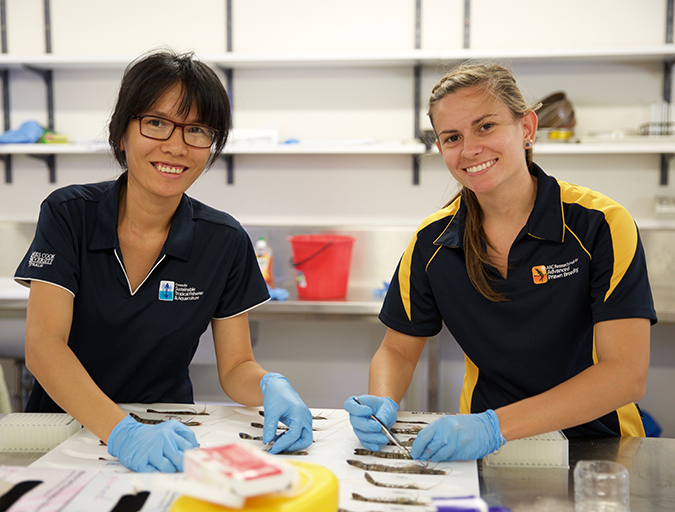
Innovation & Investment
Unleashing the genetic potential of black tiger shrimp
The black tiger shrimp is the second most important, farmed shrimp species globally. Because of its importance in Australia, the new ARC Hub for Advanced Prawn Breeding will develop a scalable, advanced breeding program for the species as well as bring its genetic knowledge to a level comparable to that of livestock.


